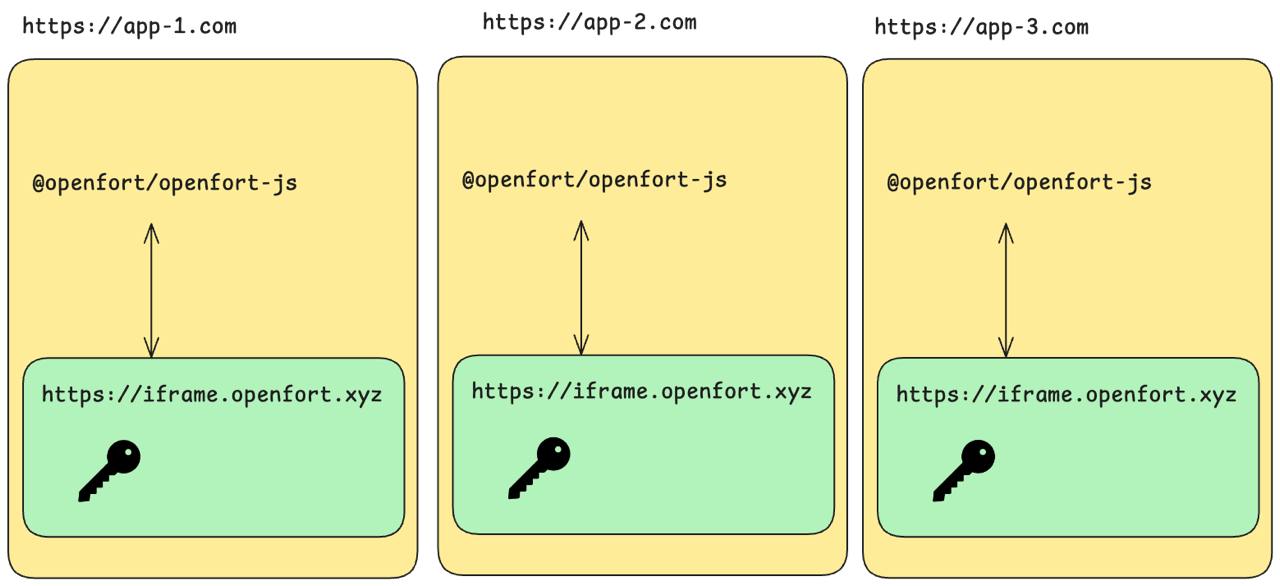Why choosing the Ecosystem SDK
Discover the benefits of cross-app wallets over isolated embedded wallets.
Embedded wallets typically require each application to manage its own wallet setup.

This can lead to several challenges:
-
Fragmented authentication across apps When each app manages its own authentication, you end up with duplicated logic, inconsistent session handling, and a messy user experience. OAuth2 providers struggle to maintain continuity across domains, making it difficult to track a user’s identity and wallet access holistically.
-
Liquidity fragmentation kills network effects If every app generates and manages its own wallets, user assets are scattered across isolated accounts. This makes it harder to build shared economies, pooled inventories, or unified user profiles—preventing the kind of liquidity and composability that ecosystems need to thrive.
-
No interoperability across apps Different wallet implementations across apps lead to incompatibilities in how users onboard, transact, or authorize actions. Without a shared interface or contract standard, there's no guarantee that features like cross-app identity, shared balances, or seamless UX will work consistently.
How does the Ecosystem SDK solve this?#

Switching to an ecosystem approach addresses the challenges of embedded wallets:
- Unified authentication: A single sign-on mechanism minimizes friction and simplifies session management across apps.
- Monitoring and user management: Manage all user permissions from a single dashboard. This empowers administrators to monitor activities and enforce security policies consistently.
- Enhanced developer experience: One integration point means your team can focus on building features rather than managing multiple wallet configurations.
- Consistent user experience: Provide a seamless and intuitive wallet experience regardless of which app the user interacts with.
Architecture#
Core components#
Client SDK (@openfort/ecosystem/client)#
The Client SDK is your front-line integration tool—the “head chef” of the wallet system. It handles everything from wallet creation, UI pop-ups, to transaction management. Integrated directly into your frontend, it is built to reflect your brand identity and is enhanced with robust security features.
Tip: The Client SDK is EIP-1193 compatible, making it work seamlessly with popular blockchain libraries like viem.
Communication module (@openfort/ecosystem/core)#
Acting as the intermediary, this module is responsible for establishing and maintaining efficient communication between the client-side applications and your wallet service. It simplifies wallet provisioning and works across diverse web environments. For a deeper dive, refer to our wallet guide.
Framework prefabs#
Pre-built components and helpers for popular frameworks (e.g., React via @openfort/ecosystem/react) provide you with customizable UI components to accelerate development without compromising on design or functionality.